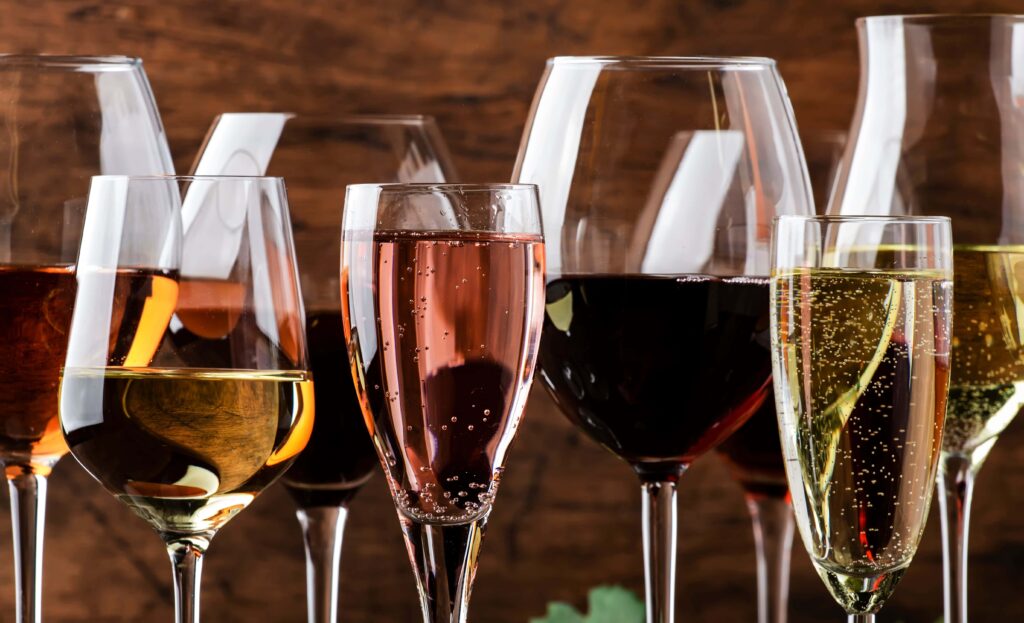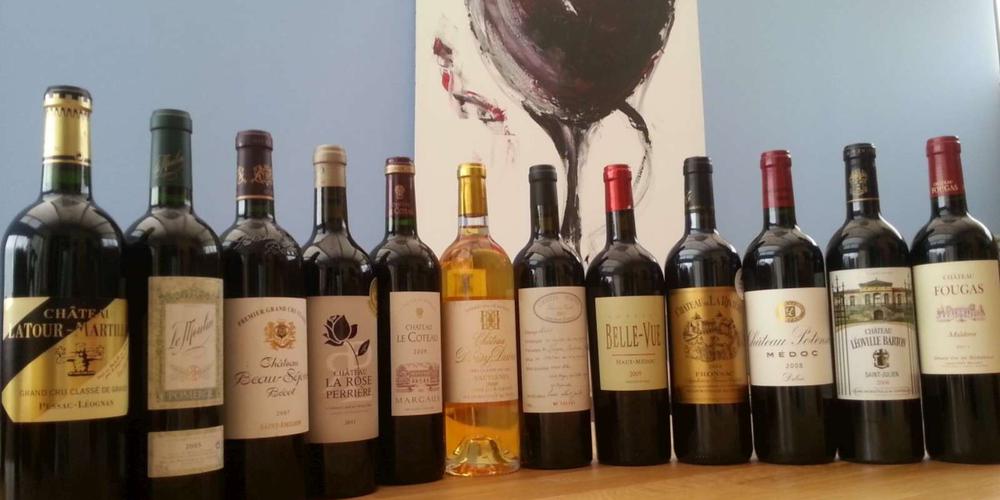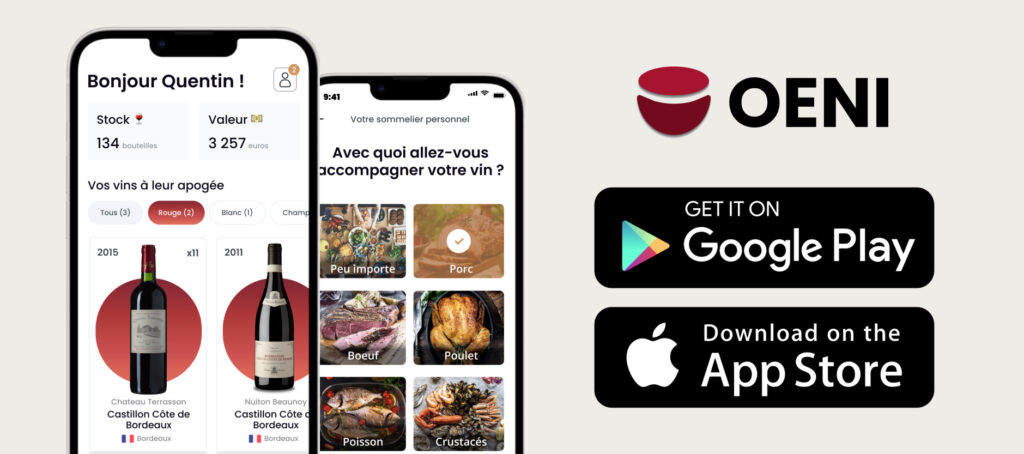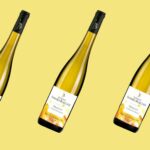Classifying bottles by region remains a classic method. However, another organizational method is gaining ground: classifying wine by style. This helps you better understand your tastes, simplifies food and wine pairing and saves you time on a daily basis. It's just as suitable for amateurs as for collectors.
If you're interested in wine-related articles, download our app for IOS or Android. It will give you access to our wine lexicon, our articles and our innovative solution, designed for all wine consumers and collectors.
Why abandon the origin-based approach?
Classifying wines by region makes sense for wine connoisseurs. It enhances the value of appellations and terroirs. But it can also be confusing. Some regions offer a variety of styles. Others resemble each other despite the distance.
What's more, not every guest is familiar with the subtleties of a Sancerre or a Languedoc. A wine classification by style therefore facilitates choice. It allows you to respond quickly to a specific desire or culinary need.
Understanding the notion of wine style

Wine style refers to the sensory characteristics of the product as a whole. This includes color, body, aromas, acidity, sugar and tannin structure. Each bottle thus has an identifiable profile, regardless of its origin.
There are, for example, light reds, powerful reds, lively whites, round whites and mellows. This wine typology is often inspired by tasting, not by the label. It emphasizes experience rather than administrative information.
The main wine styles to know
To classify your bottles, you can start by identifying these main families:
- Light, fruity reds: Pinot noir, Gamay, wines with little tannin.
- Powerful, structured reds: Cabernet Sauvignon, Syrah, Malbec.
- Dry, lively whites: Sauvignon blanc, Riesling, Aligoté.
- Round, full-bodied whites: woody Chardonnay, Viognier, mature Chenin.
- Rosés: fresh, dry, sometimes more gastronomic depending on their structure.
- Sparkling wines : Champagne, Crémant, Prosecco.
- Sweet or syrupy wines: Sauternes, late-harvest Gewurztraminer, Tokaji.
- Oxidative or atypical wines: Jura, vin jaune, certain orange wines.
This wine ranking helps you choose according to the mood of the meal, the season or the mood of the day.
The advantages of sorting by style

Organizing your cellar by wine style simplifies food and wine pairing. Looking for a light red to pair with poultry? You'll find it quickly. Fancy a bold white to accompany a dish in sauce? You know where to look.
This method is also ideal for themed tastings. You can easily compare several wines of the same style, even if they come from different countries. This wine typology helps you broaden your palette of tastes.
It also promotes more intuitive management. Do you often drink light reds? You can quickly visualize stock levels. You can adapt your purchases to your actual consumption.
How to reorganize your cellar efficiently
Start by emptying the shelves. Analyze each bottle. Note its sensory profile by consulting the technical data sheet or your tasting memories. Then group your wines by style category.
Label each area or shelf. Create a simple visual cue. You can also use a cellar management application to digitize your wine filing system. This makes searching and updating easier.
If you're not sure about a wine's style, just open it! Tasting is the best way to identify it. Then write down your impressions to enrich your wine typology.
Managing exceptions and hybrid wines
Some wines fall outside strict categories. A well-structured rosé may resemble a light red. A dry, barrel-aged white can take on the air of an oxidative wine.
In these cases, create an intermediate category. The aim is to help you find your way around quickly, not to set rules. The wine classification should reflect your personal benchmarks, not those of the guides.
With experience, you can refine your classification. You add sub-categories if necessary, according to your tastes and the size of your cellar.
Adapting filing to your needs
Every collector has his or her own priorities. Some seek to optimize tasting. Others want to balance rotation or plan openings. The wine style offers a flexible basis, adaptable to all profiles.
You can also combine several criteria. First classify by wine type, then by year or age. This allows you to quickly identify bottles ready for tasting. You gain in efficiency and pleasure.
Integrating technology for greater clarity
Applications like Oeni help you sort your bottles by wine style. You register each reference with its technical data sheet, its characteristics and your impressions. You can then access your digital cellar in just a few clicks.
This digital wine typology prevents oversights. It allows you to search by meal, event or guest. You can make the most of your cellar, even without physically entering it.
Daring to open up and discover
A wine-by-style classification encourages exploration. You can compare grape varieties or regions without getting stuck on an appellation name. You discover that a Chilean Cabernet can rival a Bordeaux. Or that a German Riesling is just as appealing as a French Sauvignon.
This wine typology makes wine more accessible. It speaks to everyone, even beginners. It emphasizes sensations, not labels.
A modern, personal choice
Classifying wines by style means choosing a method rooted in pleasure. This system adapts to you, your cellar and your desires. It respects your freedom. It reflects your curiosity and experience.
The wine becomes clearer, more alive, closer to you. You gain fluidity, coherence and confidence in your choices.
If you enjoyed this article, please feel free to read the following article "The history of wine appellations in France since the Middle Ages"which may also be of interest to you!





